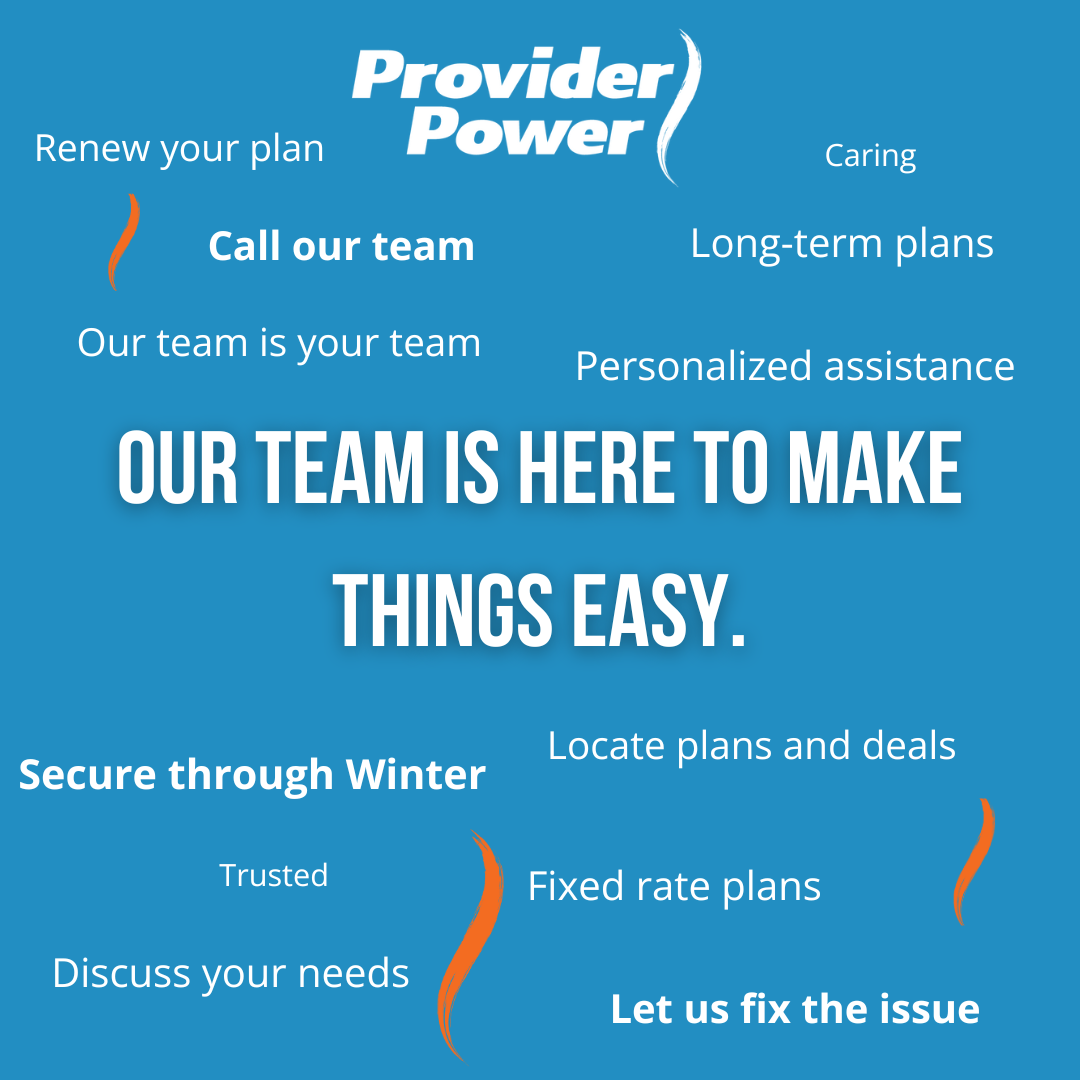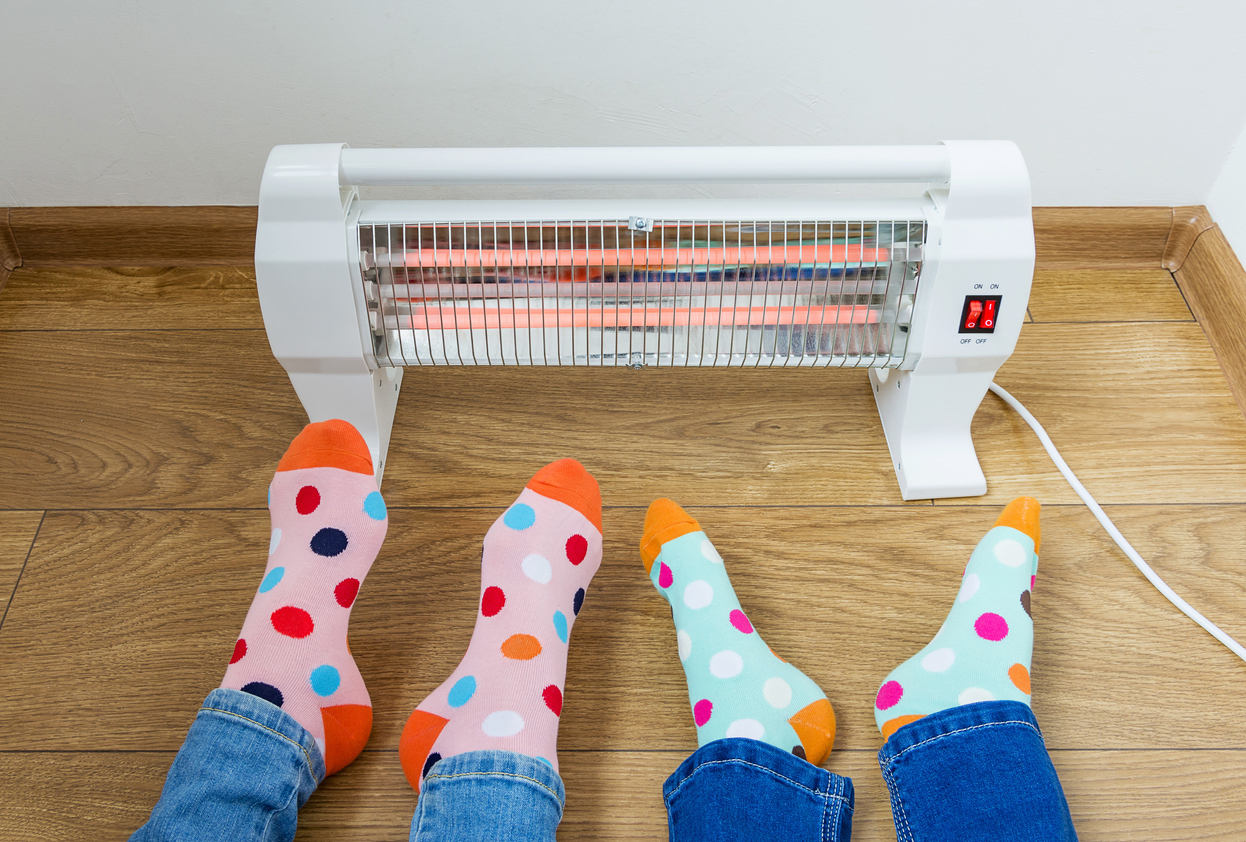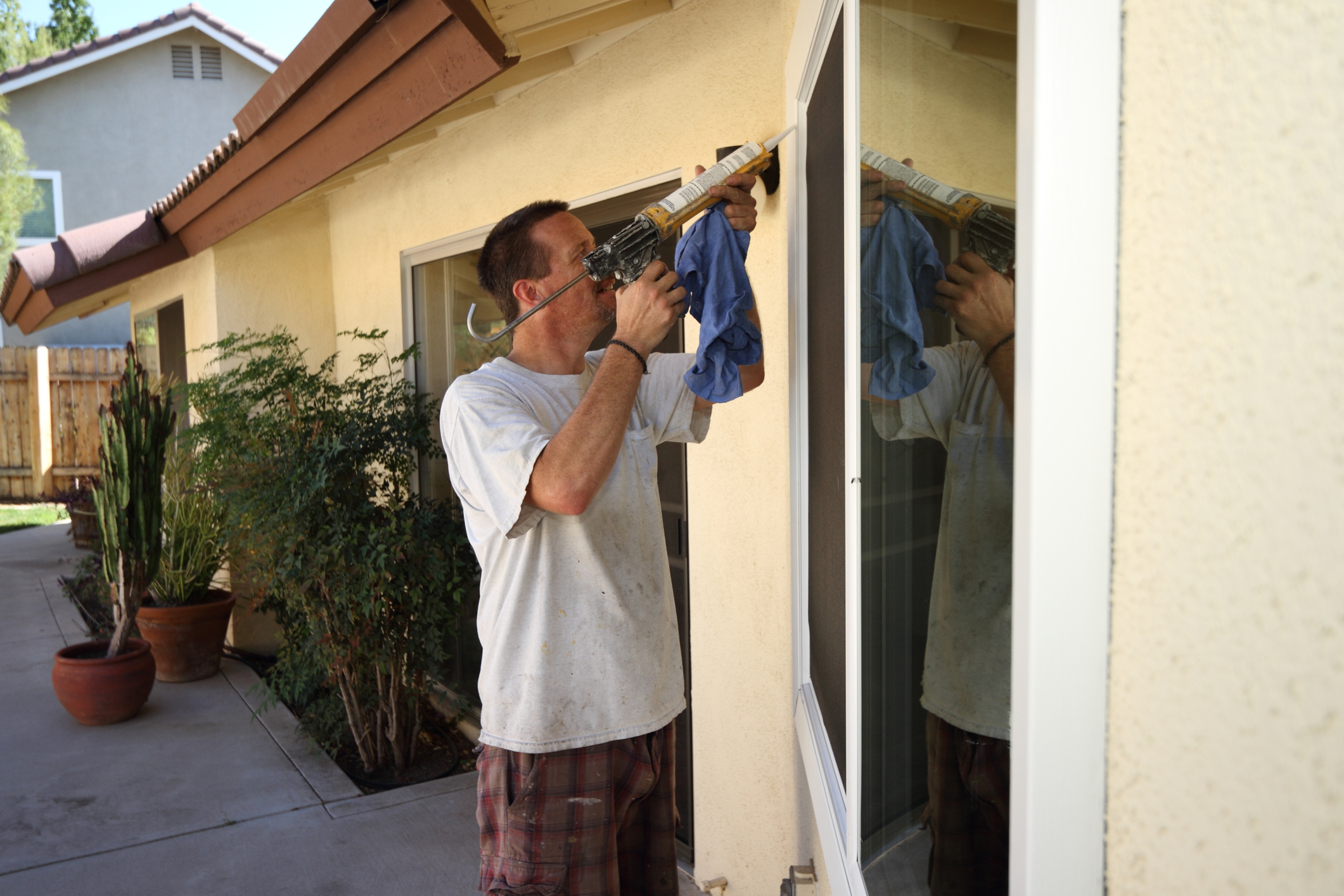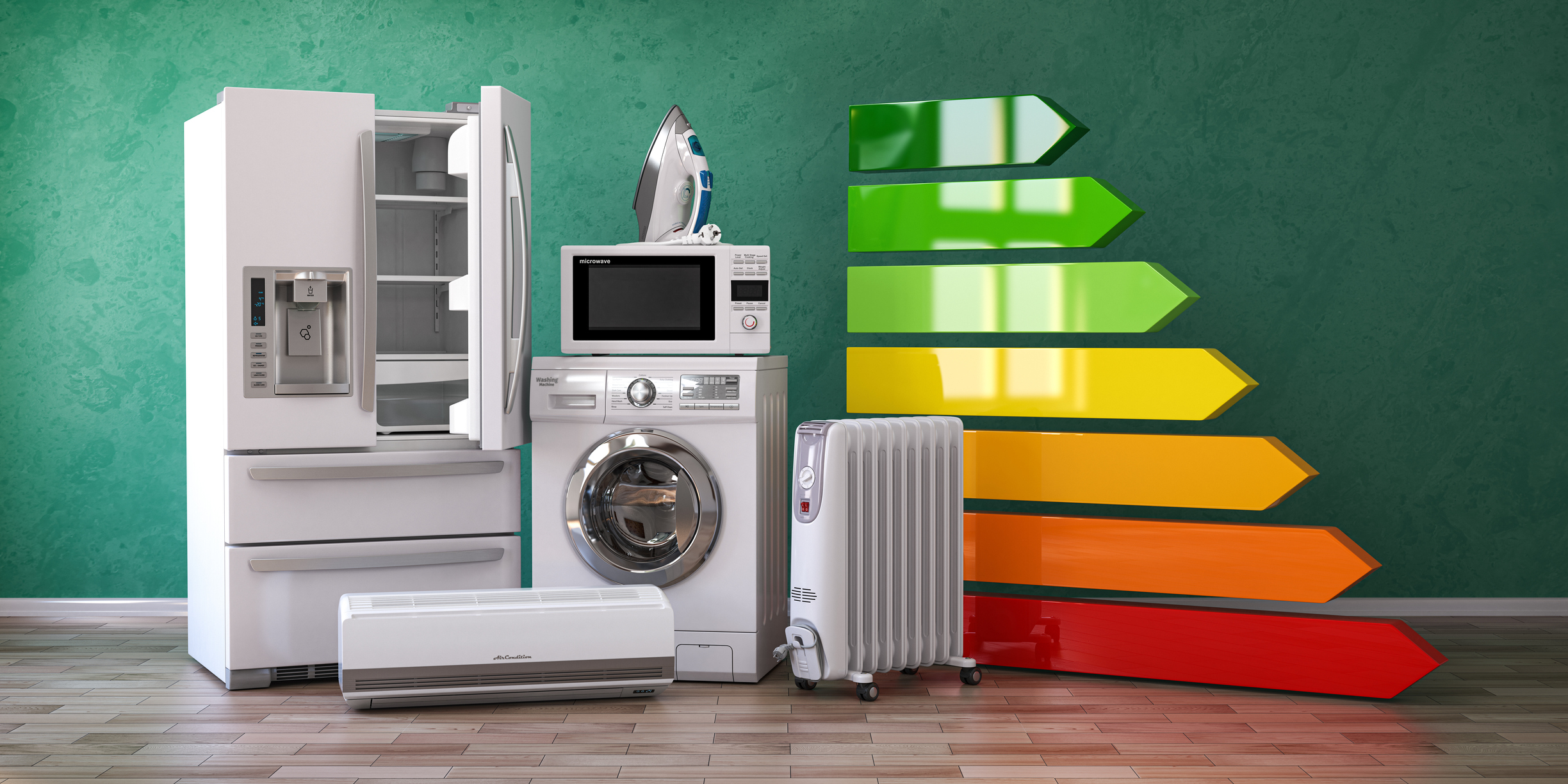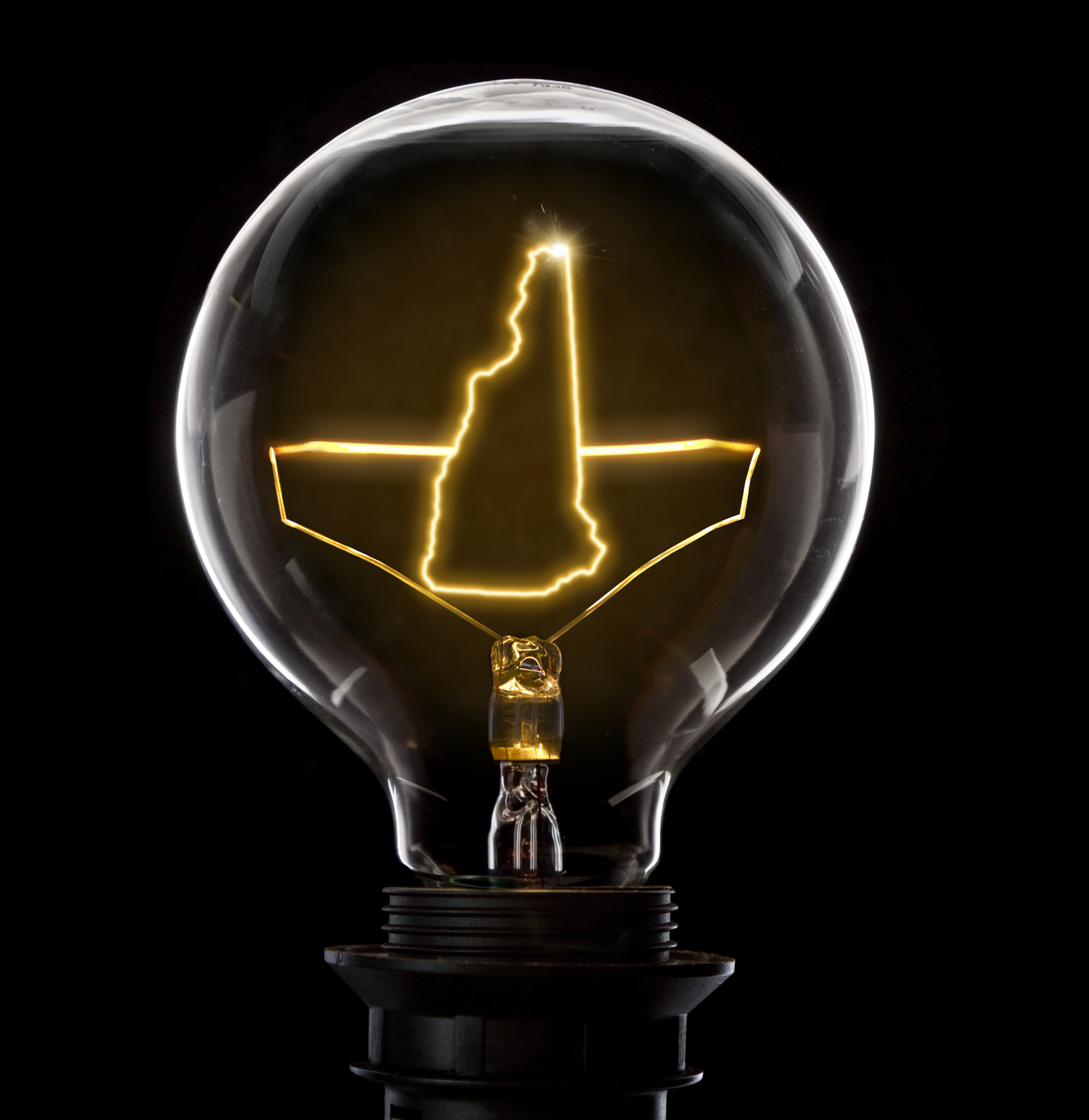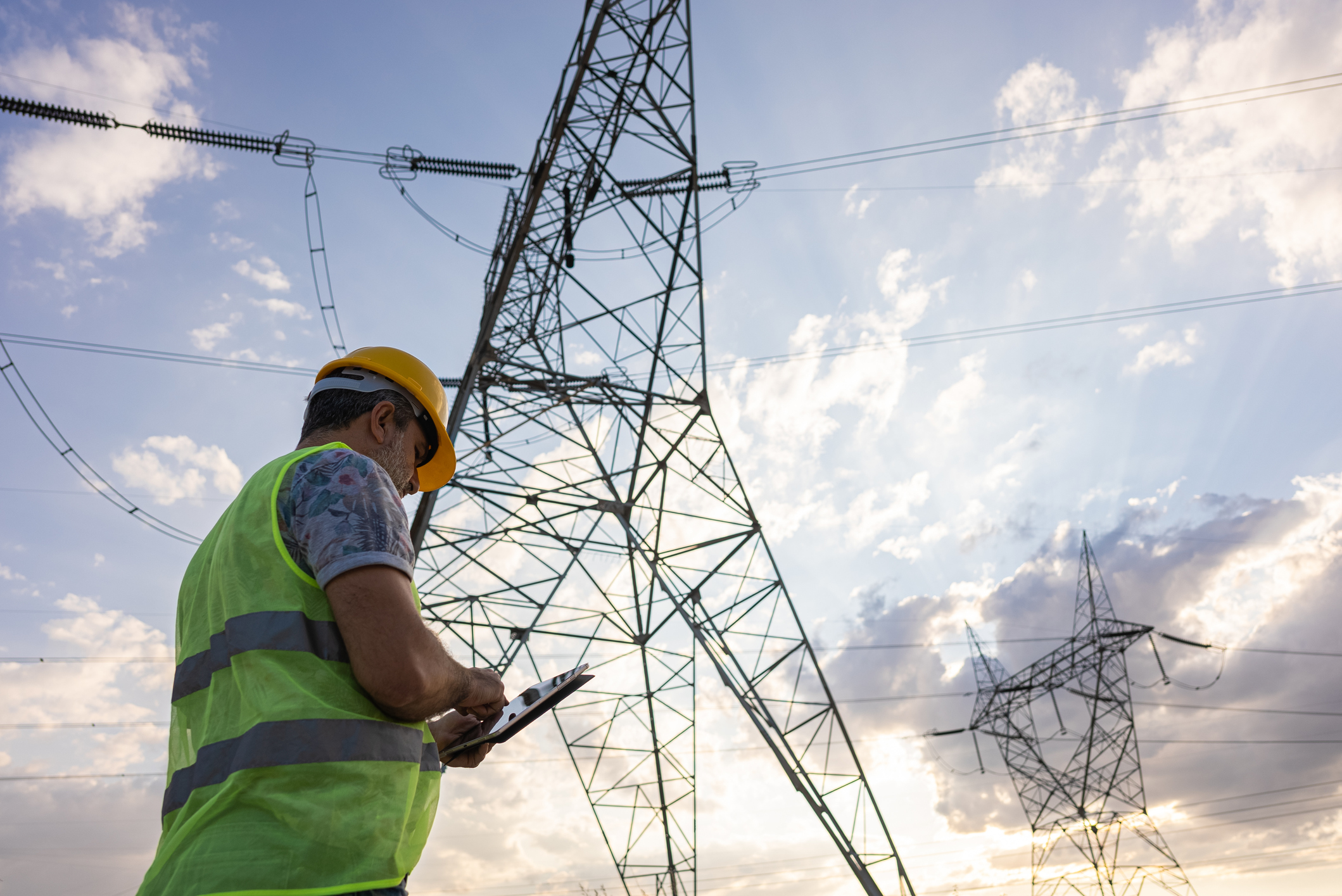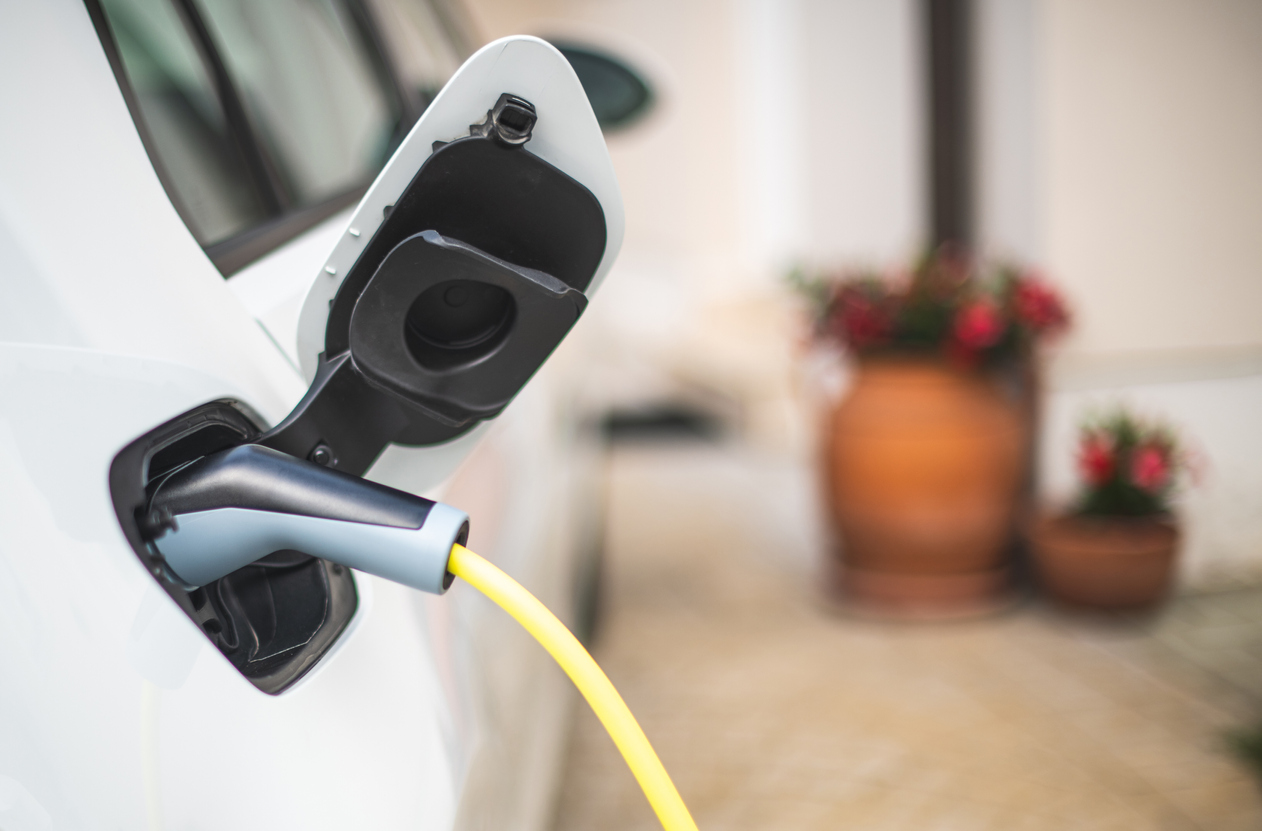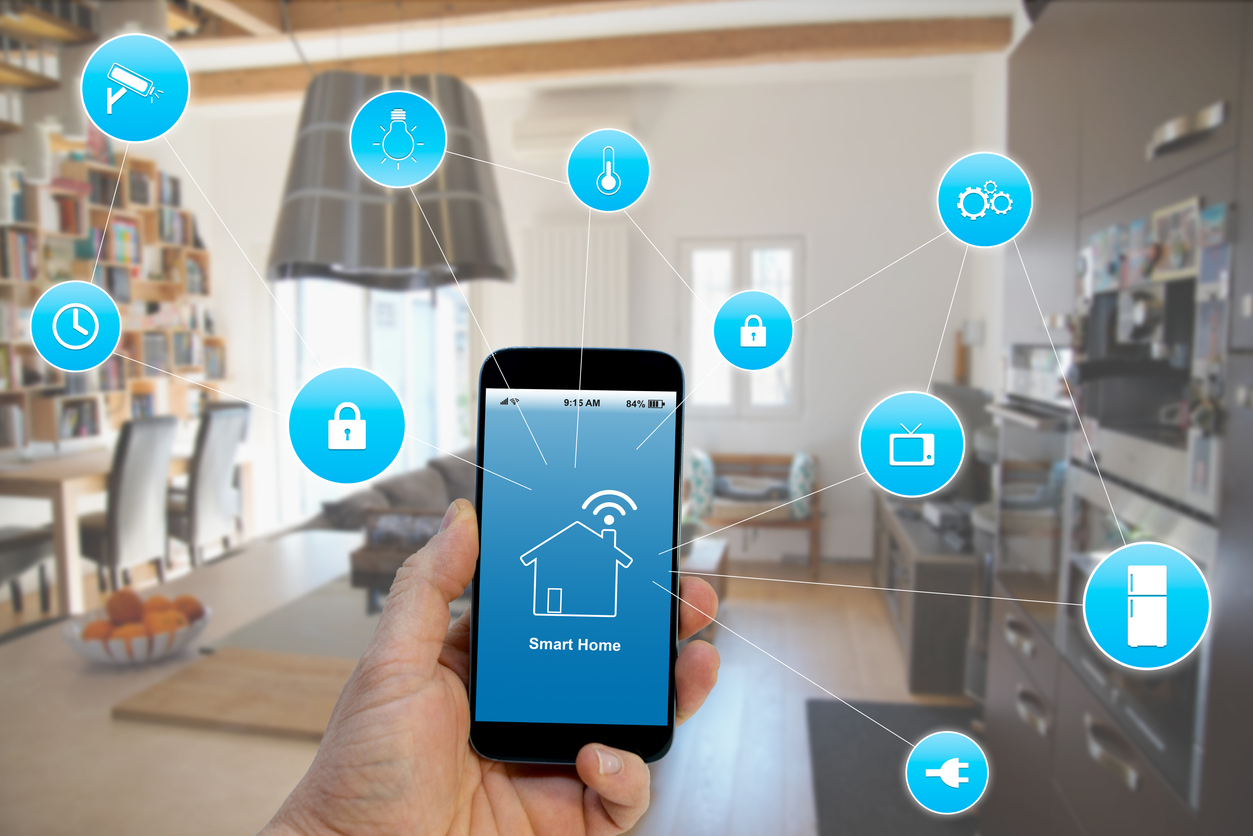Maybe it’s because a new school year is starting soon or the seasons are changing, but the end of summer is a time when a lot of people get things lined up for the rest of the year and beyond. It’s as if the summer playtime is over and it’s time to get back to business.
As an energy consumer, getting back to business should include taking a look at your current energy plan and how that vital service can be secured for the months to come. Here are some things to think about as you consider your energy needs for the months ahead.
Why Locking in a Long-Term Energy Plan is a Good Idea
First, let’s go over why securing energy for the long-term is important. There are three primary reasons why it’s usually a good idea to lock in an energy plan for the long-haul:
Energy Prices Are Volatile and Can Change at Any Time
Energy is what’s known as a volatile commodity. That means pricing is not consistent. The price of energy can go up or down at any time, sometimes significantly. Part of the reason for the volatility is that energy is a global commodity that is impacted by many different factors, some of which can’t be controlled whatsoever.
Energy Rates Have Trended Higher Historically
When you look at energy rates over the long-term you’ll notice a trend. The cost of electricity and natural gas is getting more expensive. It may drop slightly from one season to the next every now and then, but overall the trend is upward. The latest electricity rate stats from the Energy Information Agency (EIA) paint a pretty clear picture. The year-over-year rates increased in every region of the U.S. New England experienced the biggest increase by far.
More Predictable Monthly Expenses
Locking in a rate for the long-term makes monthly energy expenses more predictable. You won’t be worried about a world event or storm that could send your energy rate skyrocketing the next month.
Energy Plan Term Lengths
Energy plans have a lot of variables, and the term length is one of them. Below is an overview of some common term lengths for energy plans.
Month-to-Month
Month-to-month plans offer the least amount of security since the duration is only a month. These types of energy plans do have their place. If you are living somewhere short-term or you know you will be relocating soon, then a month-to-month plan may make the most sense for the moment. It’s also easy to switch providers if you find a great fixed energy rate because there are no termination fees.
12 Months/Yearly/Annual
You’ll be able to find annual energy plans with virtually every provider. It’s a very common term length for energy plans, which many people select as they budget for the year ahead.
18 Months
You’ll also find longer 18-month energy plans with some providers. Energy savvy consumers will sometimes choose an 18-month plan based on the season to try to lock in the best fixed rate for an extended period.
24 Months
The longest term many energy providers offer is 24-month energy plans. This term length can offer the most security because you will be set for two years. It’s a good option for homeowners that know they aren’t moving any time soon.
How the Rate Type Impacts Energy Security
Another variable that directly affects energy security is the type of rate for the plan. Today, providers are coming up with inventive plans that base rates on a lot of different things including demand, how much energy is used and the days when energy is used the most.
You’ll find a lot of rate structures, but there are four primary types of rates you’ll see for an energy plan:
Fixed Rate
A fixed rate is just like it sounds. You’ll be charged a certain amount per kilowatt-hour no matter what. This is the rate that is going to give you the most energy security because you know exactly how much energy will cost for the entire length of the plan. You’ll also get seasonal price protection because the rate doesn’t change with the season.
Variable Rate
There are also variable rates that can change. There are different types of variable rates, but traditionally variable rate plans have energy rates that can change from month to month. The rate from month to month is going to be based on the current market prices for your area or some other factor selected by the retail energy provider.
Time-of-Use Rate
The rate for a time-of-use energy plan is all based on when you are using electricity. Typically, a time-of-use plan will have 2-3 time blocks with different rates. For example, a time-of-use plan could have a rate of:
$0.14 per kilowatt-hour between the hours of 6am and 2pm
$0.17 per kilowatt-hour between the hours of 2pm and 9pm
$0.10 per kilowatt-hour between the hours of 9pm and 6am
Tiered Rate
This is another type of variable rate. But in this case the rate is based on how much energy you use in a billing period. You’ll start each billing cycle at the lowest rate (tier 1). Once you exceed the baseline allowance of energy use the rate goes up to tier 2. The baseline allowance of a tiered rate is based on the season, so some months you may be more likely to pay tier 2 or tier 3 rates.
Securing a Long-Term Energy Plan
Securing a long-term energy plan that makes expenses more predictable isn’t hard. As a consumer switching energy providers doesn’t require much effort. Here’s what you’ll need to do:
- Look over your electric bill to find the current rate and term length details, paying careful attention to when the current plan expires.
- Make note of any fees that are associated with ending the plan early (early termination fee).
- Check to see what the average energy rates are in your market area and/or state.
- Compare rates, term lengths, benefits and customer ratings for your top provider picks.
- Select a provider and plan that best meets your needs.
- Sign up for the plan online or over the phone.
- Sit back and let your new energy supplier handle the rest.
Switching energy providers really is that easy. Your new provider will make arrangements with the old supplier and local utility to make sure you experience no interruption in service.
Rebates That Help You Save No Matter What Energy Plan You Have
Securing energy for the long-haul goes beyond your plan. Making your home as energy efficient as possible is an effective way to keep energy use under control every season. Lowering energy consumption also helps to secure electric grids that are maxed out.
Currently, there are a lot of incentives and rebates available to help people make energy efficiency improvements. They are offered at the federal, state and local levels. Below are rebate resources for customers in Provider Power market areas:
Rebates for Maine Energy Consumers
Rebates for Massachusetts Energy Consumers
Rebates for New Hampshire Energy Consumers
Provider Power wants every customer to enjoy energy security. Give our team a call to discuss your energy needs and we can give you guidance on what options will work best!







